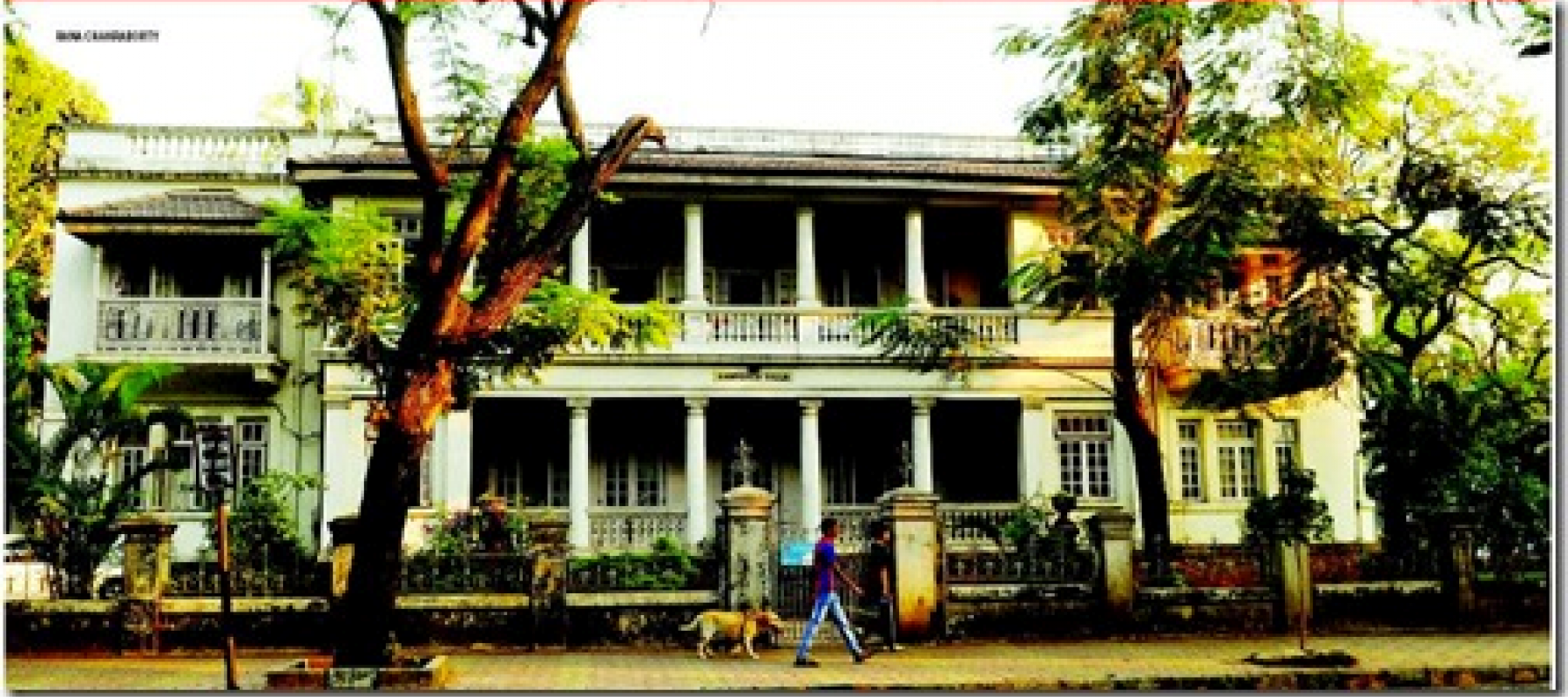South Mumbai’s Dadar Parsi colony is famous as the largest Zoroastrian settlement in the world. It was once home to the legendary Freddie Mercury, the lead singer of rock band, Queen. Established in the early nineteenth century, this colony was a set up by during the British era for the Parsi population in Bombay. It was designed by a renowned Parsi civil engineer, Mancherji Joshi, who worked with BMC (Brihanmumbai Municipal Corporation) for over 30 years.
Dadar meaning ‘ladder’ in Marathi, is the first suburb of Mumbai. Also known as Mancherji Joshi Parsi Colony, the area was a part of the first planned scheme of Bombay, Dadar-Matunga-Wadala-Sion scheme of 1899-1900, which aimed to decongest the plague-affected towns. The original plan included a total of 440 acres of marsh and forestland, with provisions for residential, commercial and institutional structures with not more than three storeys for 145,000 relocated people.
Soon, Bombay became Mumbai and it grew commercially, but the old buildings stand tall even today, adding to the character of the city.
The area between King’s circle and Dadar has five beautiful gardens or baugs (gardens in Persian) and structures built in the neo-classical architectural style, which has been immortalised in many Bollywood movies as well. These five gardens or Mancherji Joshi Panch Udyan together forms one of the greenest spots of the city.
Originally, the plots were reserved only for Paris, but today Dadar is home to many non-Parsi residents as well. Flanked by old Parsi villas and well-planned streets, it is home to Zareen Engineer, the granddaughter of Mancherji Joshi. Interestingly, Mr Joshi had each street lined with a particular kind of tree, for instance, Ashoka tree for Jame-Jamshed road, mahogany for Firdausi road and so on. In 1920s, The Parsi colony and its neighbouring Hindu colony developed with tramways extending from south Mumbai to Dadar along with a railway bridge and railway line connecting western and eastern Dadar.
Dadar is also famous for the food stalls and eat-outs, including Cafe 792, a small Parsi café on Jame-Jamshed Road. Today, there are many eat-outs serving South Indian and traditional Marathi cuisine.
Scattered with landmarks of great historic value, Shivaji Park is one of the many. Formerly named as Mahim Park in 1937, the ground has witnessed many socio-political gatherings and meetings during the pre and post-Independence periods. Inside, it also houses a statue of Shivaji, temple dedicated to Lord Ganesha, community library and a cricket training ground, which has many famous names attached to it, including Sachin Tendulkar.
One of the busiest Parsi temples in the country, Rustom Faramna Agiary was constructed in 1928 and stands out for its stunning interiors and beautiful garden. Mr. Rustom Faramna, a hotelier in Agra, is said to have commissioned it when he moved to Bombay.
Other famous landmarks of Dadar are Dadar Parsi Gymkhana, Portuguese Church (1596), Veermata Jijabai Technological Institute, Ramnarain Ruia College (1937), Ramniranjan Podar College (1939), Peer Bagdadi Dargah and mosque, Shri Mahaveer Digambar Jain Mandir and many more. Dadar, a treasure trove of architectural gems will never fail to impress a history and culture enthusiast.

